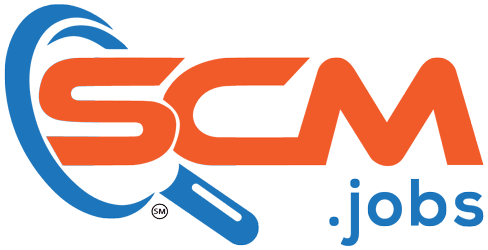Advanced Cost Analysis for Modern Supply Chains
Think of your favorite NBA team's smartest draft pick – that player who offered the perfect balance of skill and potential. When it comes to your supply chain, achieving a similar blend of efficiency and resilience requires advanced cost analysis techniques. It's no longer just about the lowest price; it's about the best value in an uncertain world.
Let's break down how to upgrade your cost analysis game:
1. Go Beyond Lean with Total Cost of Ownership (TCO)
Price tags are just the starting point. TCO considers the entire lifecycle of a supplier, product, or route. Think of it like scouting a player beyond their stats. Here's how to break down TCO:
- Direct Costs: It's not just the price! Include freight, inventory holding, quality, and even disposal.
- Indirect Costs: What about the risk of delays from a supplier? Or the costs of downtime if a critical component fails? Factor these in for a true long-term view.
2. Scenario Analysis: Your Supply Chain Playbook
The game's never predictable – that's why coaches draw up plays for different scenarios. Do the same for your supply chain!
- Run "What Ifs": What if a major port shuts down? A supplier hits financial trouble? Simulation tools can model these scenarios, revealing hidden risks in your current setup.
- Build in Buffers: Those simulations help you decide where to add inventory, diversify suppliers, or pre-negotiate alternative routes – all moves that turn disruptions into minor setbacks.
3. Risk Mapping: Know Your Opponent's Weaknesses (and Your Own!)
Every team has flaws. Smart coaches exploit them, while protecting their own weak spots. Supply chains are the same:
- Visualize Your Vulnerabilities: Risk-mapping tools turn complex supplier networks into visuals. Spot those single-source suppliers or over-reliance on certain routes.
- Mitigate Before It's Too Late: Once you visualize those risks, you can make changes. Diversify, find backup suppliers, or stockpile critical materials... moves that win you the game when others get shut down.
4. Your ERP: The Hidden Stat Sheet
Your ERP system is loaded with more data than any sports analyst could dream of. Here's how to use it:
- Spot Trends Early: Are lead times for a key component stretching out? Does your on-time delivery rate fluctuate? Your ERP data tells the story before it's too late.
- Benchmarking Power: The ISM Report on Business (https://www.ismworld.org/supply-management-news-and-reports/reports/ism-report-on-business/) and Gartner are great, but your internal data is a goldmine for supplier comparisons and finding hidden savings.
5. Upskilling: Your Championship Team
Supply chain strategy moves fast. That's why resources like SupplyChainManagement.Training are crucial for professionals in procurement, logistics, and beyond. Staying sharp gives you an edge when the unexpected becomes routine.
Question for Reflection: Where are the resilience weak spots in your current cost models? What's one change you could make to build a supply chain that thrives, even when the competition gets disrupted?
To learn more click this link: supplychainmanagement.training
About us SCM.Jobs : www.scm.jobs
The purpose of SupplyChainManagement.Jobs is to be the premiere resource for job in the supply chain management profession.
Here you will find employment opportunities from companies seeking to hire supply chain management jobs.
Plus, you will have access to resources to make you more militant for employment opportunities in the supply chain industry. Resources for people will include how to get hired, skills training, freelance opportunities, and executive recruitment for the supply chain management profession.
You will be part of a profession of supply chain management job where you can post your job resume, exchange ideas, discuss issues, and engage in conversations.
